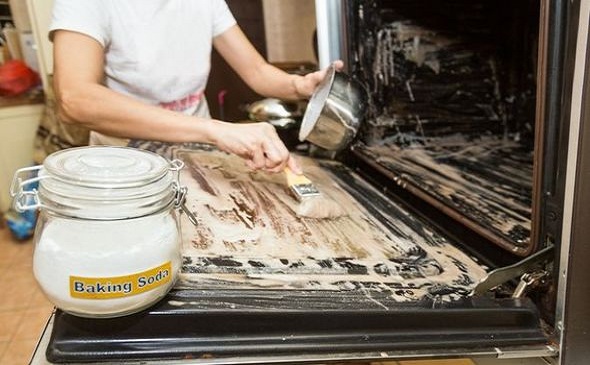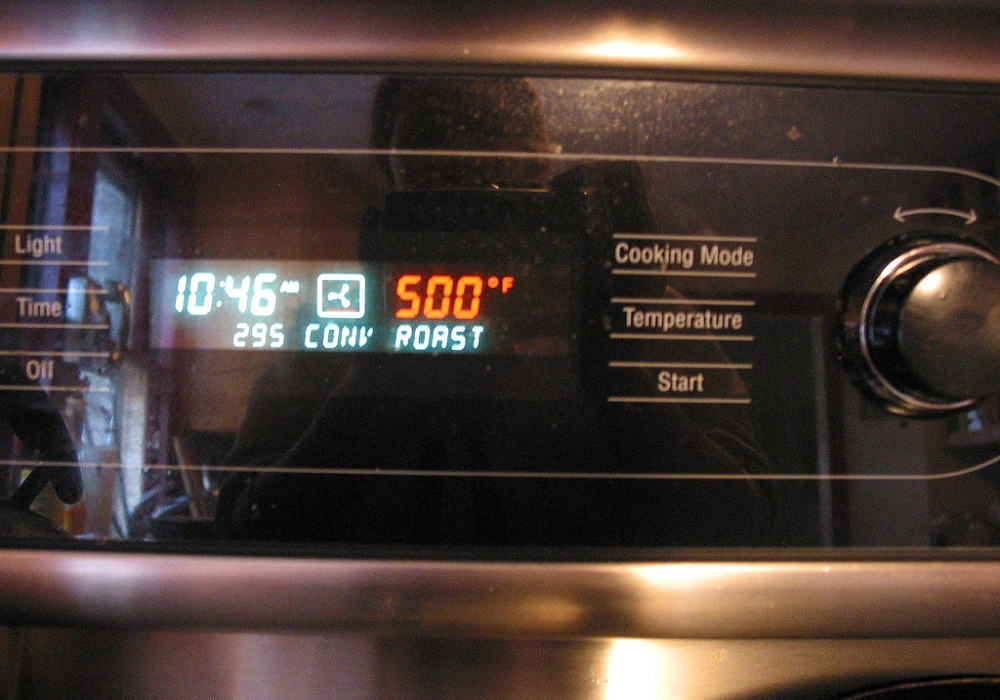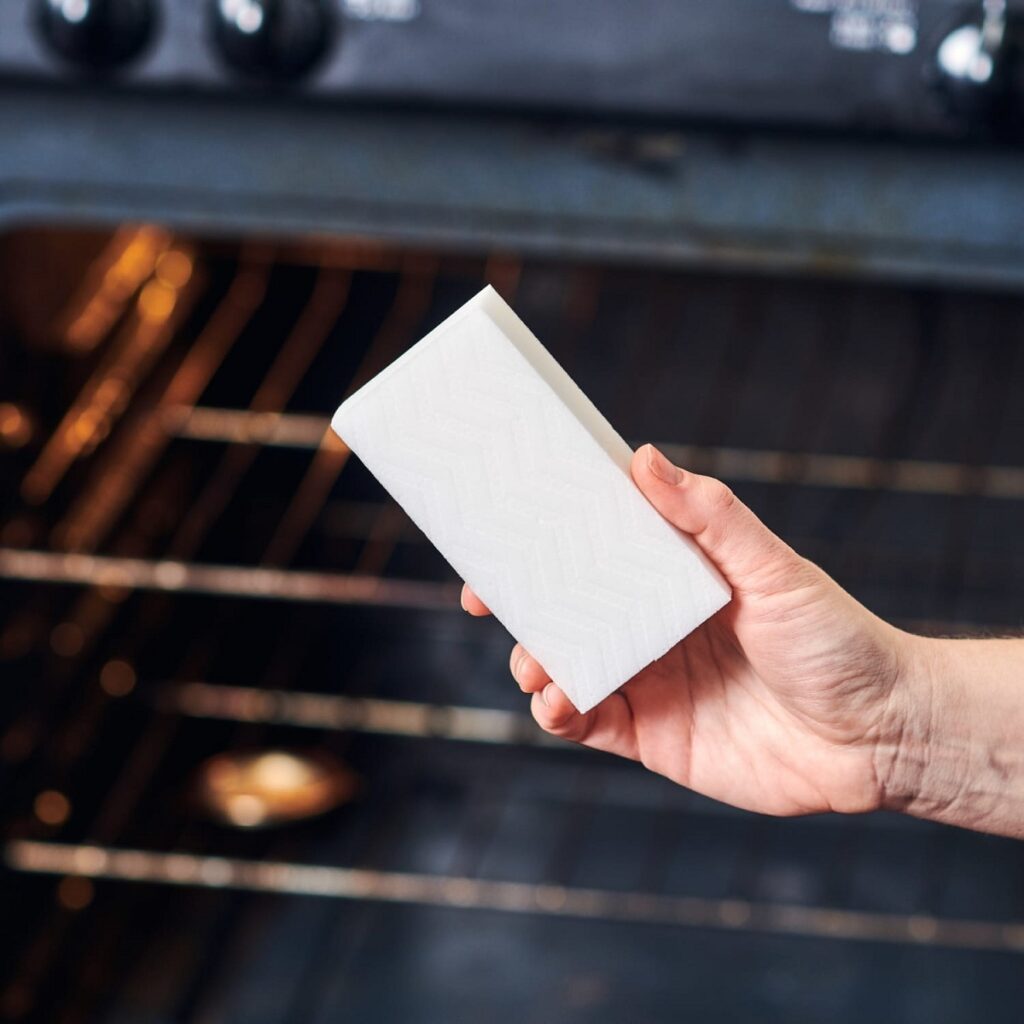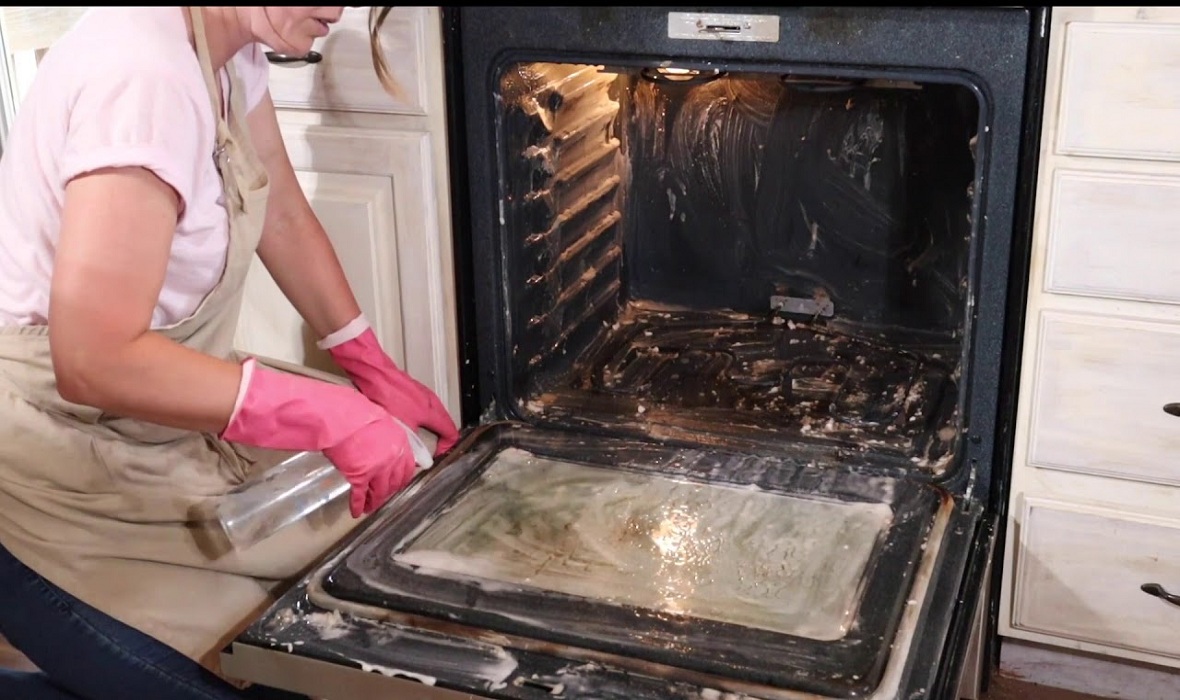Cleaning your oven is similar to going to the dentist. Although few of us enjoy cleaning (and many of us despise it), we often find that just thinking about having to clean is more unpleasant than the actual act of cleaning.
Cleaning the oven doesn’t have to be a stressful ordeal if you have the proper training and equipment. We are always on the lookout for more efficient cleaning methods, so we enlisted the methods of some professional chefs. Because, after all, no one has a busier oven than they do!
Learn the five tricks that top chefs use to get their dirty ovens sparkling again.
Use a heavy-duty oven cleaner
Natural cleaning solution fans, look away now: Heavy-duty chemical cleaners do indeed work perfectly. Chef-instructor of pastry and baking arts at the Institute of Culinary Education Kierin Baldwin says that it’s the easiest way to get a squeaky-clean oven. She uses the combination of Easy Off and the abrasive side of a sponge.
What makes the tough stuff so effective? According to Baldwin, the most effective thing to clean the baked-on grease off the inside of your oven is sodium hydroxide, also known as lye. And because it can produce fumes and irritate the skin, gloves are a must, and the room should be well-ventilated.
Baldwin suggests spraying the entire oven, shutting the door for at least an hour, and then scrubbing for the best results. After you’re finished, use a clean, damp sponge to remove any lingering chemicals.

Use Dawn dish soap for the scrubbing
Jordan Ware, the chef de cuisine at Hen of the Wood in Vermont, cleans the ovens with a commercial product. While they may enjoy the finer things in life, he and his wife prefer to keep things uncomplicated at home. He recommends using a Scotch-Brite pad for cleaning, but avoids steel wool because of the damage it can do to surfaces.
Does it make a difference which dishwashing liquid I use? If you ask Ware, then the answer is yes. It’s true that there are many excellent cleaning products available; however, when the going gets tough, nothing beats a powerful degreaser like Dawn.

Make a paste out of baking soda and vinegar
While on the job, Whole Foods Market’s senior program manager for culinary development, Molly Siegler, sees a lot of crusty ovens. She uses two common household items and some time and effort to clean them.
She likes to mix vinegar and baking soda into a paste and let it sit on the stain for a couple of hours to get the job done. While the acidic nature of vinegar can dissolve mineral deposits, dirt, and grease, baking soda is mildly abrasive and has extra grit to tackle stains and stuck-on debris.
To get the job done, Siegler employs a nonmetal scrubbing tool. After that, she cleans it up and looks at it proudly.

Turn the oven temperature up to 500 degrees Fahrenheit
The head chef at Syracuse University, Eamon Lee, has a simple tip: the more sourdough bread you bake at high temperatures, the less grease and carbon buildup you get. It appears that firing the oven at 500 degrees Fahrenheit accomplishes the task of cleaning itself. Once the oven has cooled to a manageable temperature, put on some protective gloves and use a thick sponge to remove any loose residue or grease.
It’s also possible to put a bowl of water in an oven-safe dish and turn on the oven while doing so. This will aid in the cleaning process by providing a little steam after the oven has cooled.

Spot Clean with a Magic Eraser
If Baldwin needs to clean up a specific spot, he reaches for a Magic Eraser. To give you an example, if the glass inside the door is getting cloudy, but the rest of the oven isn’t too bad, she’ll take one out. While the Magic Eraser is highly regarded for its ability to quickly improve an area’s appearance, it’s important to note that you may need multiple erasers to completely clean an oven. However, it does have a significant benefit over alternative approaches. As Baldwin puts it, it doesn’t create fumes.


